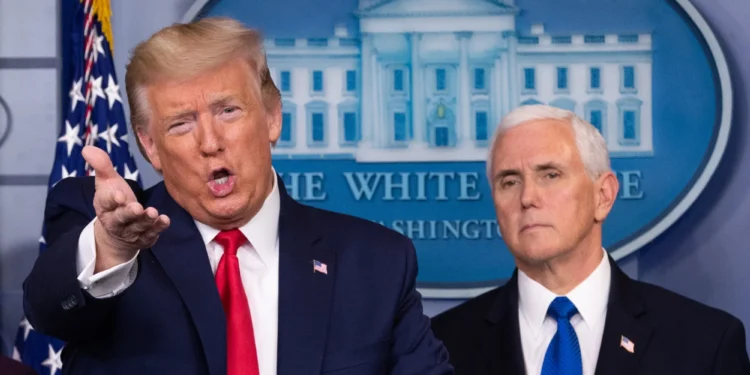The United States and China have agreed to extend their trade truce for another 90 days, giving both sides more breathing room to negotiate and potentially paving the way for a high-level summit later this year between President Donald Trump and Chinese leader Xi Jinping.
Trump confirmed the extension on his Truth Social account, saying he had signed the executive order and that “all other elements of the Agreement will remain the same.” Beijing’s Ministry of Commerce issued a similar announcement, confirming that the tariff pause would continue. The original deadline was set to expire at 12:01 a.m. Tuesday, after which U.S. tariffs on Chinese imports could have climbed from the already steep 30%, prompting an expected retaliatory move from China.
Business groups in both countries have welcomed the move. Sean Stein, president of the U.S.-China Business Council, described the extension as “critical” for allowing time to negotiate a deal that could improve American market access in China and offer companies more long-term certainty. He added that securing a fentanyl agreement, one that results in reduced U.S. tariffs and a rollback of China’s retaliatory measures, was especially important for reviving American agriculture and energy exports.
In a parallel move, China said it would ease restrictions on some American companies that had been placed on its export control and unreliable entities lists after Trump’s initial tariff announcement in April. According to the Ministry of Commerce, certain dual-use goods would now be allowed for export, while other companies would receive an additional 90-day reprieve from restrictions.
Trump’s trade policy has reshaped the global economic landscape, moving the U.S. away from decades of openness toward a more protectionist stance. Average U.S. tariffs have jumped from 2.5% at the start of the year to 18.6%, the highest level since 1933, according to Yale University’s Budget Lab. While the European Union, Japan, and other trade partners agreed to higher tariffs in new deals to avoid harsher penalties, China proved to be a more formidable opponent, countering with threats to restrict access to rare earth minerals and magnets vital to industries from electric vehicles to aerospace.
In June, the two nations reached a limited agreement: Washington rolled back restrictions on computer chip technology and ethane exports, while Beijing allowed greater access to its rare earth supply. Claire Reade, a senior counsel at Arnold & Porter and former U.S. trade representative for China affairs, noted that “the U.S. has realized it does not have the upper hand.”
Earlier in May, the countries had narrowly avoided an economic crisis by cutting back extreme tariffs, slashing rates that had reached 145% against China and 125% against the U.S., which had nearly halted trade and rattled global markets. Tariffs were reduced to 30% for U.S. imports from China and 10% for Chinese imports from the U.S., with both sides agreeing to keep negotiations alive.
Ali Wyne, a U.S.-China relations specialist at the International Crisis Group, argued that the Trump administration’s overestimation of tariffs as leverage “has not only underscored the limits of unilateral U.S. pressure, but also given Beijing grounds for believing it can indefinitely maintain an advantage in talks by threatening rare earth supply cuts.”
Still, major sticking points remain. The U.S. continues to press China over intellectual property protections, industrial subsidies, and trade practices it says have contributed to last year’s $262 billion deficit. Reade expects only modest deals in the near term, such as increased Chinese purchases of U.S. soybeans, commitments to curb fentanyl precursors, and continued rare earth exports.
But according to Jeff Moon, a former U.S. diplomat and trade official, the more contentious disputes are unlikely to disappear anytime soon. “The trade war will continue grinding ahead for years into the future,” he said.







